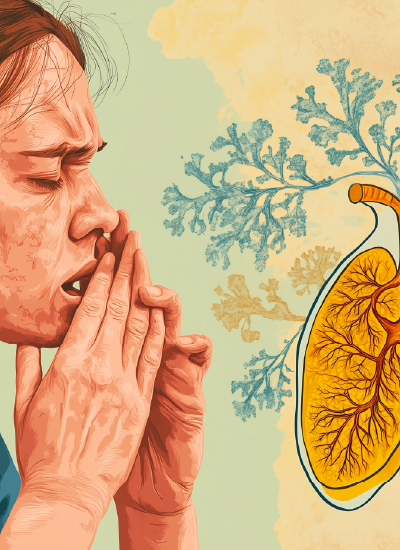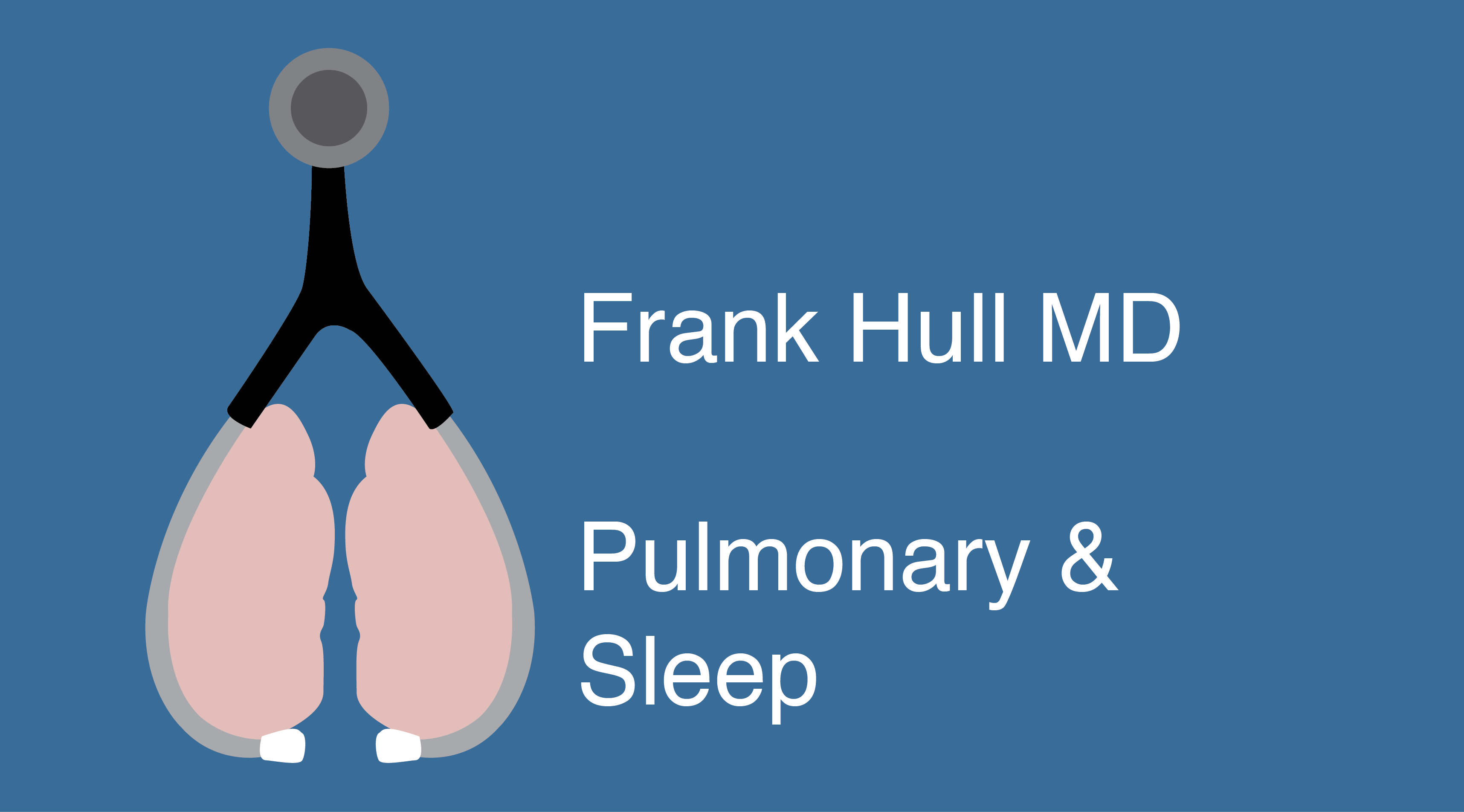Pathophysiology and Novel Therapeutics
Introduction
Chronic neuropathic cough represents a distinct pathophysiological entity separate from common causes of chronic cough. Understanding its unique mechanisms is crucial for proper diagnosis and treatment, particularly as novel therapeutic options emerge.
Differential Pathophysiology
Common Causes of Chronic Cough
1.Asthma
○ Inflammatory-mediated bronchial hyperresponsiveness
○ Reversible airway obstruction
○ Type 2 inflammation
○ Responds to bronchodilators and anti-inflammatory therapy
2.Rhinitis
○ Upper airway inflammation
○ Post-nasal drip
○ Mechanical stimulation of cough receptors
○ Responds to antihistamines and nasal steroids
3.GERD
○ Direct acid irritation
○ Microaspiration
○ Vagal reflex mechanisms
○ Responds to acid suppression
4.Structural Lung Disease
○ Mechanical irritation
○ Inflammatory response
○ Mucus hypersecretion
○ Anatomical abnormalities
Neuropathic Cough Characteristics
1.Defining Features
○ Hypersensitivity of neural pathways
○ Absence of significant inflammation
○ Normal imaging studies
○ Poor response to conventional treatments
2.Neural Sensitization
○ Central sensitization
○ Peripheral nerve dysfunction
○ Altered sensory processing
○ Neural plasticity
Neurogenic Mechanisms
P2X3 Receptor Pathway
1.Receptor Structure and Function
○ ATP-gated ion channel
○ Expression on sensory neurons
○ Role in mechanosensation
○ Pain and cough signal transmission
2.Activation Mechanisms
○ ATP release from tissue damage
○ Mechanical stress
○ Inflammatory mediators
○ Cellular distortion
3.Signal Transduction
○ Calcium influx
○ Membrane depolarization
○ Action potential generation
○ Afferent signal transmission
4.Sensitization Process
○ Upregulation of receptor expression
○ Enhanced ATP sensitivity
○ Reduced desensitization
○ Amplified response
Neurokinin Pathways
1.Key Mediators
○ Substance P
○ Neurokinin A
○ Neurokinin B
○ Calcitonin gene-related peptide (CGRP)
2.Receptor Types
○ NK1 receptors
○ NK2 receptors
○ NK3 receptors
○ Distribution patterns
3.Physiological Effects
○ Neurogenic inflammation
○ Smooth muscle contraction
○ Vascular permeability
○ Sensory nerve activation
4.Pathological Changes
○ Enhanced release
○ Receptor upregulation
○ Altered neural processing
○ Chronic sensitization

Clinical Trial Information
P2X3 Antagonist Trial at our site.

1.Study Design
○ Randomized, double-blind, placebo-controlled
○ 2:1 active drug to placebo ratio
○ Multiple study sites
○ Assessment of safety and efficacy
2.Inclusion Criteria
○ Chronic cough ≥ 1 year
○ Failed conventional treatments
○ Normal chest imaging
○ Specific cough frequency threshold >20 per hour
3.Exclusion Criteria
○ Uncontrolled comorbidities
○ Recent medication changes
○ Specific contraindications
4.Endpoints
○ Primary: Cough frequency reduction
○ Secondary: Quality of life measures
○ Safety assessments
○ Biomarker analysis
Trial Participation Information
1.Randomization Process
○ 2:1 randomization ratio
○ 66.7% chance of active drug
○ 33.3% chance of placebo
○ Double-blind maintenance
2.Study Requirements
○ Regular site visits
○ Cough monitoring
○ Safety assessments
○ Compliance measures
3.Safety Monitoring
○ Adverse event reporting
○ Regular safety assessments
○ Laboratory monitoring
○ Independent safety review
Diagnostic Approach
Clinical Assessment
1.History Features
○ Trigger patterns
○ Associated symptoms
○ Treatment response
○ Impact on quality of life
2.Physical Examination
○ Upper airway evaluation
○ Chest examination
○ Neurological assessment
○ Trigger point identification
Diagnostic Testing
1.Required Tests
○ Chest imaging
○ Pulmonary function tests
○ ENT examination
○ pH monitoring when indicated
2.Exclusion of Other Causes
○ Methacholine challenge
○ Induced sputum analysis
○ Allergy testing
○ Bronchoscopy when indicated

Treatment Approaches
Current Options

1.Neuromodulators
○ Gabapentin
○ Pregabalin
○ Amitriptyline
○ Low-dose morphine
2.Speech Therapy
○ Cough suppression techniques
○ Breathing exercises
○ Vocal hygiene
○ Behavioral modification
Novel Therapeutics
1.P2X3 Antagonists
○ Mechanism of action
○ Expected benefits
○ Safety profile
○ Patient selection
2.Future Directions
○ Neurokinin antagonists
○ Combined approaches
○ Targeted therapies
○ Personalized medicine
Clinical Implications
Patient Selection
1.Identifying Appropriate Candidates
○ Clinical features
○ Failed treatments
○ Risk assessment
○ Benefit potential
2.Monitoring Progress
○ Objective measures
○ Patient-reported outcomes
○ Quality of life assessment
○ Safety parameters
Treatment Optimization
1.Combination Strategies
○ Multiple modalities
○ Sequential approach
○ Risk-benefit assessment
○ Cost considerations
2.Long-term Management
○ Duration of therapy
○ Monitoring requirements
○ Outcome assessment
○ Follow-up planning

Future Directions
Research Needs

1.Mechanism Understanding
○ Neural pathway characterization
○ Biomarker development
○ Phenotype identification
○ Treatment response prediction
2.Clinical Development
○ Novel therapeutic targets
○ Combination approaches
○ Treatment algorithms
○ Cost-effectiveness studies
